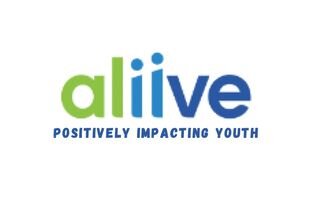Features Overview
Tobacco, E-Cigarettes, and Vaping
Do you know what’s in your e-cigarette or vape? The aerosol ― that you breathe in and exhale ― can contain:
Nicotine – which is addictive
Cancer-causing chemicals
Heavy metals – such as nickel, tin, and lead
Flavorings – such as diacetyl, a chemical linked to serious lung disease
Volatile organic compounds (VOCs)
Ultrafine particles – that reach deep into the lungs
The Smoke
There are more than 7,000 chemicals in commercial tobacco smoke. (Such as: ammonia, benzene, butane, hydrogen cyanide, and toluene.) This includes hundreds of chemicals that are toxic, and about 70 that can cause cancer.
There is no safe level of exposure to secondhand smoke. Secondhand smoke can cause heart disease, stroke, and lung cancer in people who don’t smoke. Children are especially vulnerable.
When You Quit
In minutes: Your heart rate drops.
In 24 hours: Nicotine level in your blood drops to zero.
In several days: Carbon monoxide in your blood drops to the level of someone who doesn’t smoke.
Over time, you decrease your risks of heart disease, stroke, and cancer. You increase your ability to support a healthy pregnancy and a healthy baby.
The Time is Now
Visit smokefree.gov or text QUIT to 47848 (No matter whether you smoke, chew, dip, vape, hookah, or something else.) Tools and tips include:
Building your quit plan
Medications (patch, gum, lozenge, inhaler, nasal spray)
Managing withdrawal and cravings
Staying smoke free for good
Helping others quit
Smokefree text messaging
Smokefree app
Find your state’s quitline, by calling 800-QUIT-NOW (800-784-8669).

